Major restructuring underway at University
Saint Francis started off the 2018-19 school year with a major reconstructing – going from four schools to three – in response to financial issues and a desire for new academic offerings. Along with these structural changes, there have been movements toward staff reductions.
The three existing schools are the Shields School of Business, led by Dean Randy Frye; the School of Health Sciences and Education, led by Dean Donald Walkovich; and the School of Science, Technology, Engineering, Arts and Mathematics – or STEAM – led by Interim Dean Pete Skoner.
The School of Arts and Letters and the School of Sciences have been disbanded. Programs from these schools have been placed within the remaining three schools.
“When I first heard the news, I panicked like everyone else,” said 2007 graduate Jeff Stoyanoff. Stoyanoff is a faculty member in the English Department at Spring Hill College in Alabama. “But, after talking with Dr. Skoner, I think there is a lot of potential with STEAM, particularly for students in the sciences.”
Former Dean of the School of Sciences, Charles MacVean, and former Dean of the School of Arts and Letters, Tim Whisler, are no longer employed at the University. Students have been assured that faculty cuts will not be made during the 2018-19 academic year.
“I wouldn’t be here in my office at Duquesne if I hadn’t had five or six classes with Dr. Whisler,” said Dr. Matthew Ussia, SFU Class of 1999. Ussia is a faculty member in the English Department at Duquesne. “He really got me ready for graduate school.”
Terminal contracts have also been issued, giving select faculty members one academic year before their teaching careers at SFU end. SFU administrators declined to comment on the number of contracts issued or who received them.
Interim Vice President of Academic Affairs Dr. Karan Powell insisted that those who received terminal contracts were chosen based on the University’s financial issues, not merit.
Powell was asked to come to SFU and evaluate the dean and school structure. With the help of Skoner, strategic planning and analysis of quantitative data, the new school structure emerged.
According to Powell, the new pairings for schools were “strategically determined by the best joint leverages for accreditation purposes, streamlining processes, etc.”
In the press release announcing the restructuring, University officials cite their desire to have workforce-ready graduates as the reason for the structural shift. The release specifies a need for STEM skills that humanities students appear to lack post-graduation.
“I’m still concerned that this is a devaluing of the arts and humanities,” Stoyanoff said. “Going forward, we should take optimism and hope, paired with a heavy dose of vigilance.”
Stoyanoff’s concerns are mirrored in many current SFU students and faculty members, who feel uninformed and confused about the changes.
“I think the merger is good on the basis that it is bringing a lot of different departments together,” one sophomore student said. “But the change also significantly depleted the resources and the strength of the arts and humanities.”
Though no programs or majors have been eliminated for the 2018-19 academic year, there have been rumors that majors with less than 15 students will eventually be cut.
Father Malachi Van Tassell, President of the University, said that the curriculum will not change for a few years.
“Once a student starts on their paradigm, we would not change courses midstream for them,” he said.
Powell also emphasized this point.
“Trust that if you came here for a particular program, rest assured, you will be able to finish,” she said, specifying that this applies for freshmen up to seniors.
The structural changes were first announced by the Altoona Mirror newspaper on July 31. They were confirmed by the University in an email to students on Aug. 6. The official press release announcing the restructuring was posted on the SFU website on Aug. 14.
Many specifics regarding the changes remain unclear, leaving students, faculty and alumni feeling apprehensive and wary.
“I was initially angry and disappointed, both in the fact that they made the changes and the fact that they didn’t tell us about them,” said senior History and Public Administration major Cody Turnbaugh. “The students and faculty were left in the dark.”
University administrators said they had planned to reveal the restructuring plans to students before the story reached the media.
“Our intention was to be transparent from the beginning,” Father Malachi said.

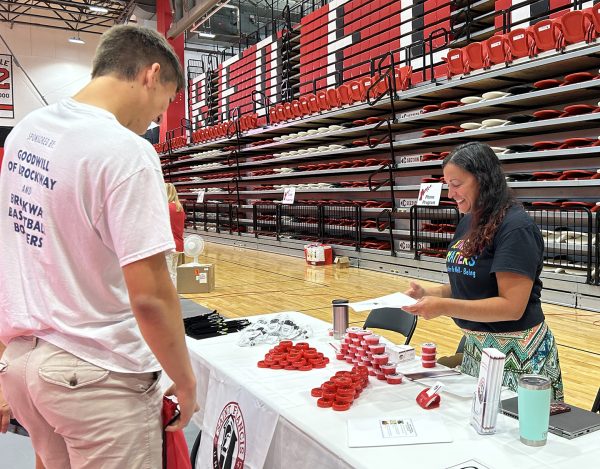
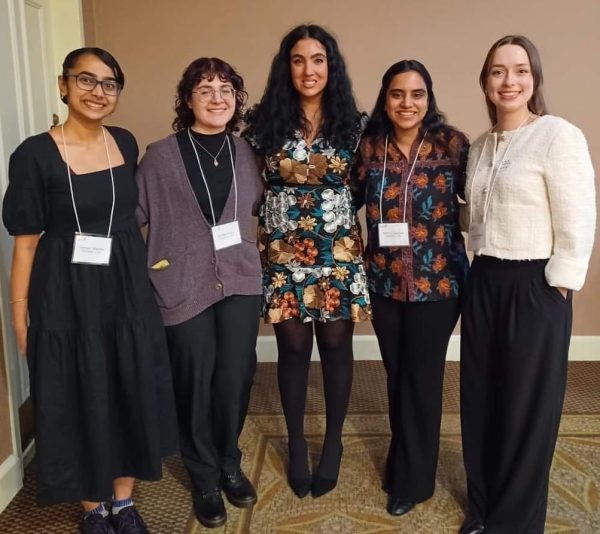
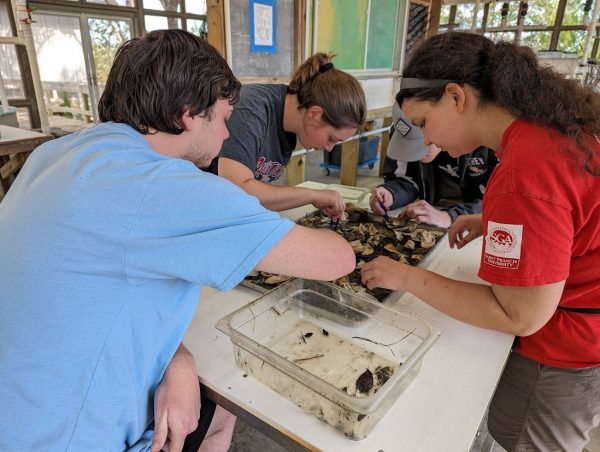


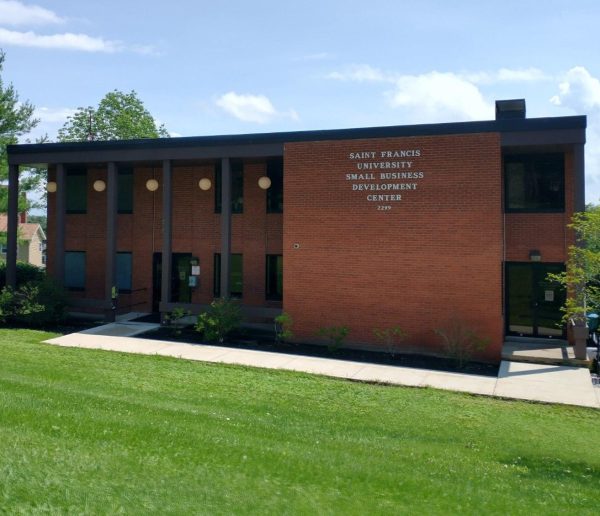
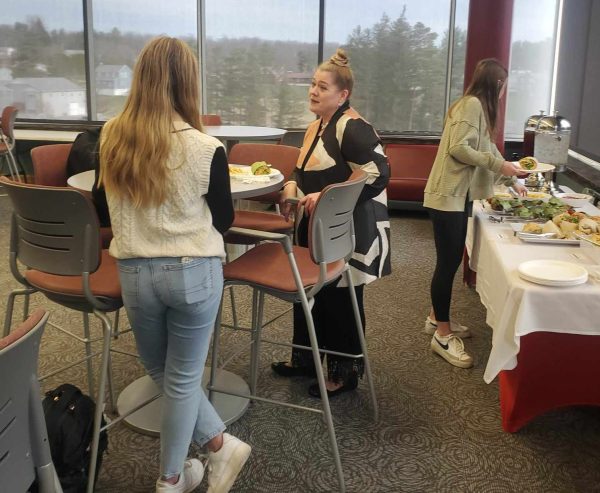

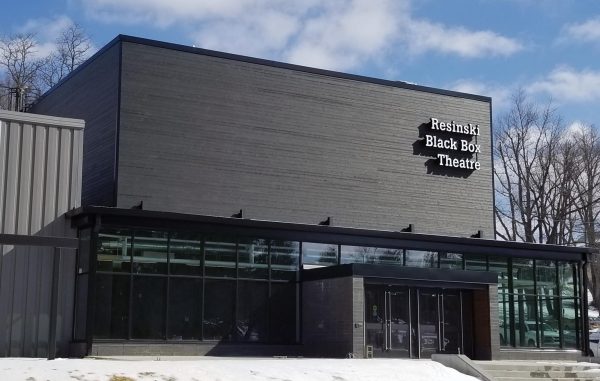
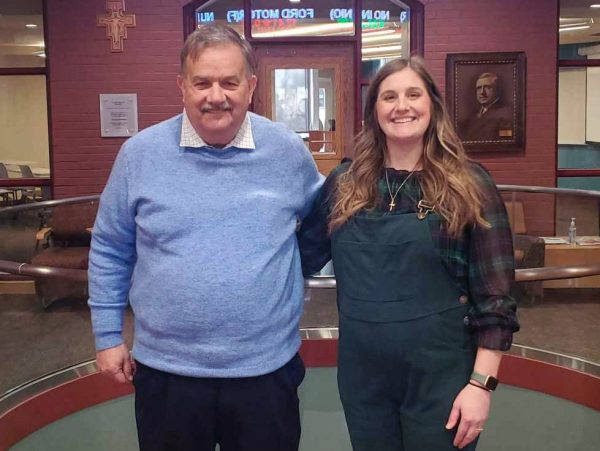

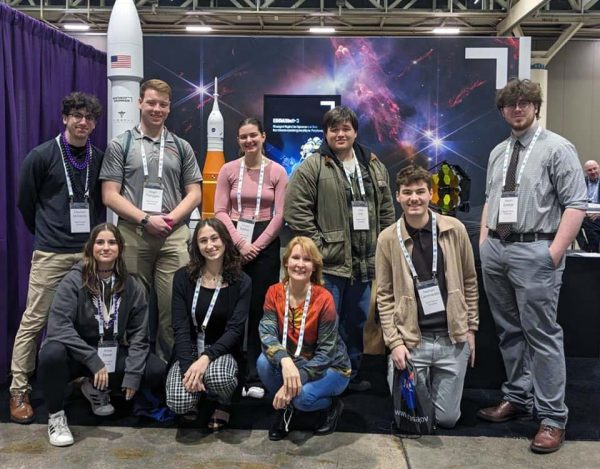
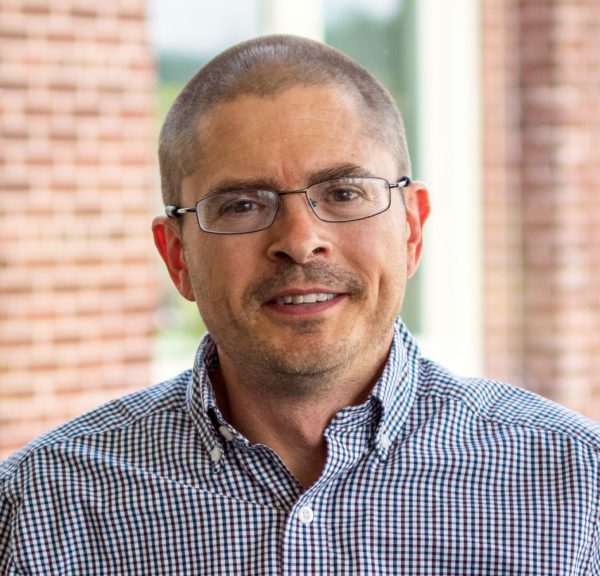
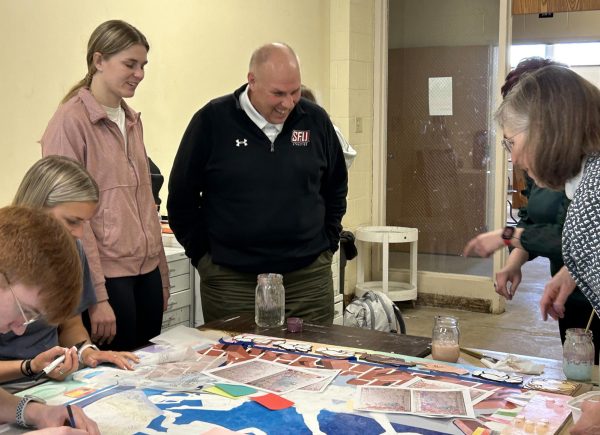
Liv • Sep 20, 2018 at 10:11 am
This is beyond amazing work, Anna. Very insightful. I feel like the new schools are depleting the resources of our art departments, too.